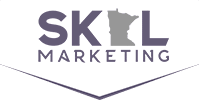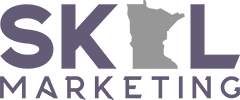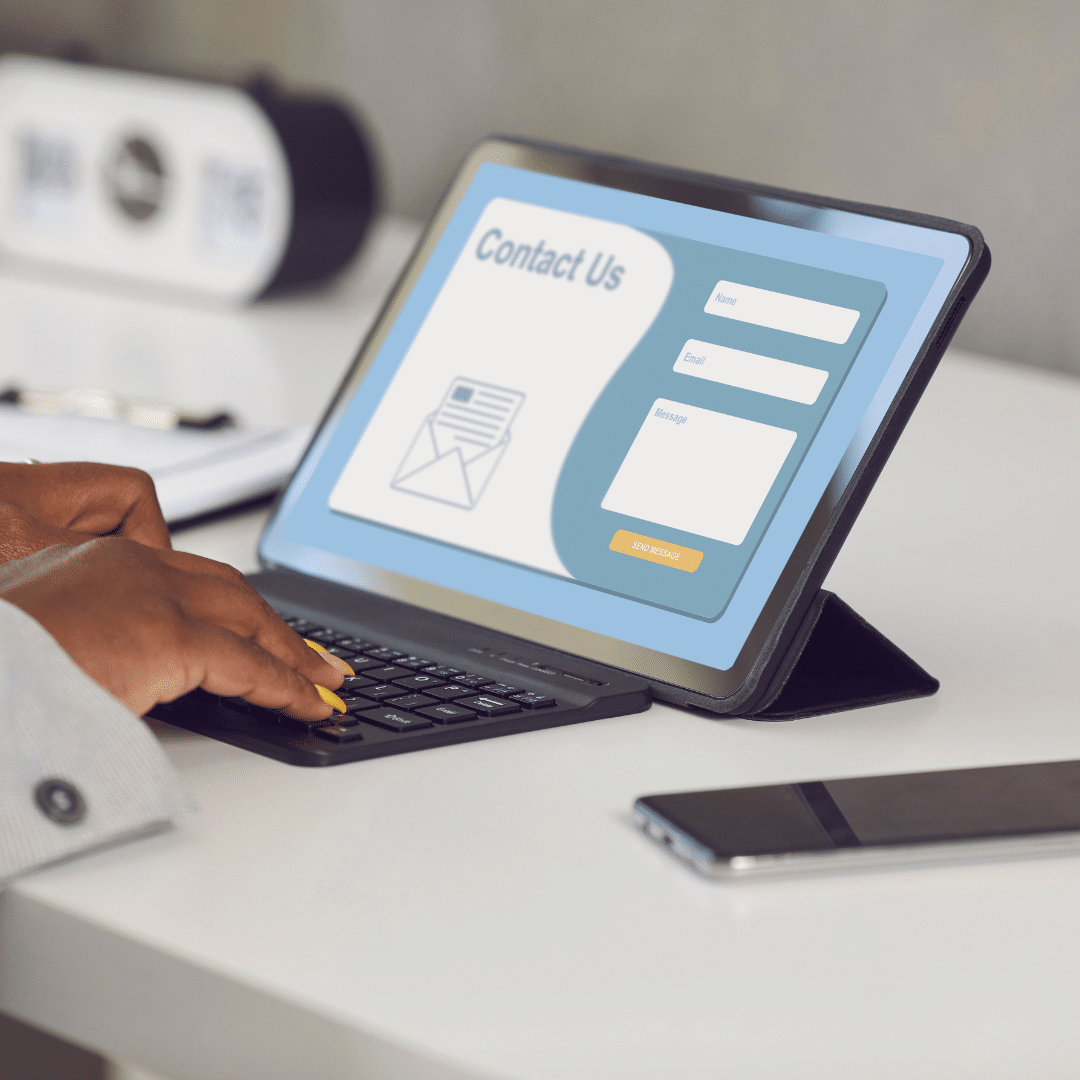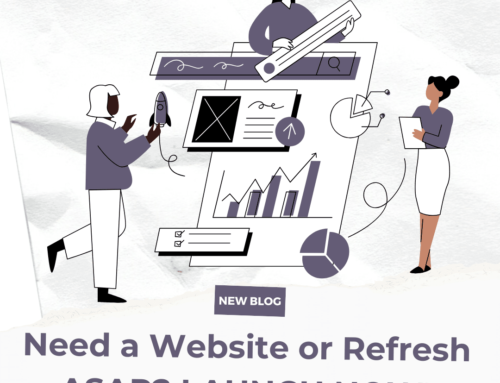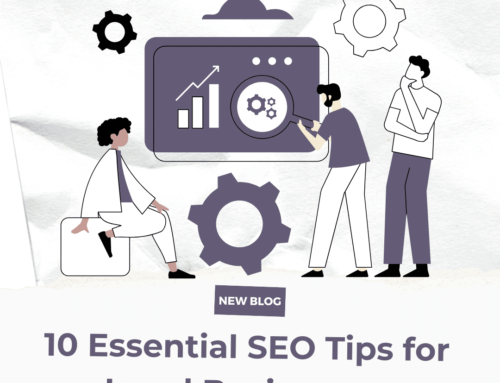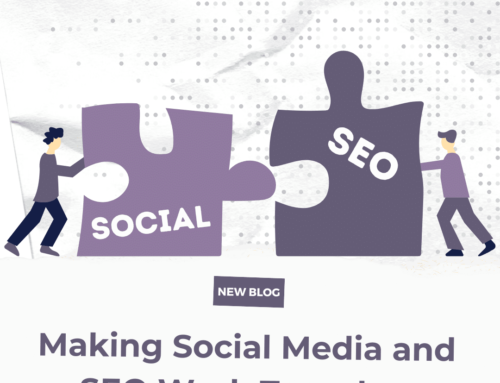Using landing pages to get more leads from your digital marketing campaigns is one of the most effective ways to boost your marketing ROI. But as with any new strategy, it’s not a silver bullet and requires some consideration and attention to detail in order to ensure that your efforts aren’t just frittered away, but actually produce notable results.
So what are landing pages, how can they help you, and what are some of the best practices to help get the best returns for your marketing dollar?
What is a PPC landing page?
A landing page is fundamentally very simple: it’s a page that a search user is directed to when they click on your paid search advertisement. While you can set up your advertisement to go to any web page you want (you could even send it to a competitor’s website, although we’re not sure why you’d want to do that…), a landing page is a page set up to most effectively capture the interest and attention of a search user and to propel them further into your sales funnel.
Landing pages can include whatever info you want, but typically, they focus on some type of call to action that works to convert your leads–it may take them to a product page where they can purchase a particular item or service, it could be a sign-up form for a newsletter or webinar, or it could offer them a useful download like brochures or white papers.
Why do I need great landing pages for my PPC campaign?
When running a pay-per-click digital advertising campaign, you’re already spending significant time, effort, and money just to get someone to click on your ad. You’ve spent your afternoons perfecting enticing creative, you’ve compiled all the most relevant keywords for your business, and you’ve tested, tested, tested your campaign to polish it into the perfect click-generating machine.
This is why effective landing pages are so important: the last thing you want to do is lose all that hard work and effort fumbling the ball 5 yards before the end zone! A well-designed landing page can be the difference between a search user immediately clicking the “back” button (which is good for nothing except increasing your bounce rates) and a new lead turning into a real conversion that drives money to your business.
What makes a good PPC landing page?
A great landing page for a PPC campaign follows that always-useful adage, KISS: Keep it Simple, Smarty!
Firstly, you want to avoid distractions. If your ad has driven people to click through to your website, they’re likely looking for one thing: whatever thing you promised. If you got people to click on an ad for a particular product, make sure the landing page directs them to purchase that product–as much as you may want them to explore your store, this is not the time to bring them to your general shop page (where users will often back out rather than try to navigate to the item that caught their eye). Many landing pages even go a step further and remove all extraneous navigation buttons and search bars, so that your lead’s only option is to move forward.
Second, have a clear call to action. Your lead is interested in your company, but landing page eyeballs don’t pay the bills–you have to direct them to take that next step and convert. If it’s a product, make sure they can “purchase here.” A newsletter? Make the sign-up form front and center and ask them to “sign up now.” White papers? A button that says “download now” goes a long way. Don’t assume they’ll take that next step without being prompted!
And of course, now’s the time to flex your skills as an advertiser. The ad may have gotten them to click, but you still want to take every action you can to get them to commit: Make sure you have a clear, persuasive headline, attractive design and imagery to capture their interest, and informative body copy that sells them on the CTA without rambling on for too long.
Successful PPC landing pages require great web design
As great of an advertiser as you may be, your landing page is still part of your website, so if the site itself isn’t up to snuff, you could be negatively impacting the success of your PPC campaigns. This starts with basic technical optimization: Data show that when a website page load speed increases from 1 second to 5 seconds, the bounce rate (the number of users who click that “back” button) increases a whopping 90 percent. So if your website is loading slowly, it doesn’t matter how perfect your landing page is–you’re losing leads and losing business.
This also means having responsive or mobile-friendly landing pages, because the last thing you want is for your hard-earned click to go to waste because a user on a smartphone is sent to a difficult-to-navigate desktop site that discourages further action or exploration. Basically, website development fundamentals are as crucial to the success of your landing pages and PPC campaigns as they are to every other aspect of your website user experience, and ignoring them will cost you money over time.
How to get more leads with PPC landing pages
Landing pages are so simple in theory, and often quite easy to make from a technical perspective! But once people start digging into making them work effectively, they realize that the work is much more daunting than initially anticipated. It can be tough keeping up with making landing pages for each new campaign (yes, sometimes campaigns will need multiple landing pages), and it can feel frustrating to have to keep going back and testing and tweaking when you’d rather be focused on running your business.
If you’d rather just let the experts help you get your landing pages right from the get-go, Skol Marketing’s team is here to help. For one-on-one guidance or to discuss how we can help your company get the highest return on investment from your pay-per-click digital advertising campaigns, please don’t hesitate to contact the local digital marketing experts at Skol Marketing.
